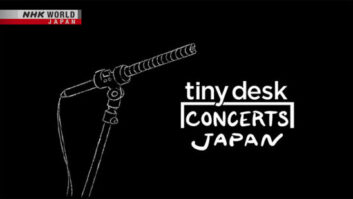The U.S. radio industry continues to digest the impact of the recent AM “revitalization” order from the Federal Communications Commission. This is one in a series of observer commentaries.
Radio World asked REC Networks founder Michelle Bradley to discuss her observations, particularly regarding the FCC’s multi-step plan involving translators. REC Networks is a low-power FM advocate and services provider that has filed comments in this and other proceedings.
While I support a restricted window especially for Class D AM stations, I am also concerned that the FCC may have violated the Local Community Radio Act by narrowly restricting the translator window to AM licensees.
The LCRA states that LPFM and translator licenses will be given based on “community need.” There is an additional “community need” that was not addressed, FM translators for LPFMs, especially in rural areas to expand their signals into other communities. Translators can be granted to LPFM stations without prejudicing the AM licensees by allowing LPFMs to file in the second 2017 window.
LPFM stations in urban areas may receive additional interference from new translators outside their service contours. REC is currently educating LPFM stations on how translators will be expected to protect them. With the migration of translators from rural and suburban areas to urban areas in 2016, this may provide some relief to LPFM stations facing incoming interference or full-power displacement.
AM on FM translators should only be a temporary solution. The proper solution is to migrate AM stations to the 76–88 MHz band.
Japan, which has far fewer commercial AM stations than the United States, just recently expanded their FM band from 76–90 to 76–95 MHz and is currently granting FM licenses to AM stations in a service being marketed as “Wide FM.” Radios that cover the entire 76–108 MHz band are already being manufactured and widely marketed in Japan.
Moving AM stations (especially Class C and D) to 76–88 MHz will give them a better home with primary status. It will be interesting to see how many TV stations will choose to switch to Low-VHF during the reverse auction as the 54–72/76–88 MHz spectrum is useless for DTV and new Channel 6 operations would have to protect existing NCE stations.
Radio World welcomes other points of view. Post below or email [email protected].












